
Carbon Neutral Initiatives
Energy-saving technology for industrial furnaces using insulation materials
Energy-saving technology for industrial furnaces (ferrous and non-ferrous) using our insulation materials
What is an industrial furnace?
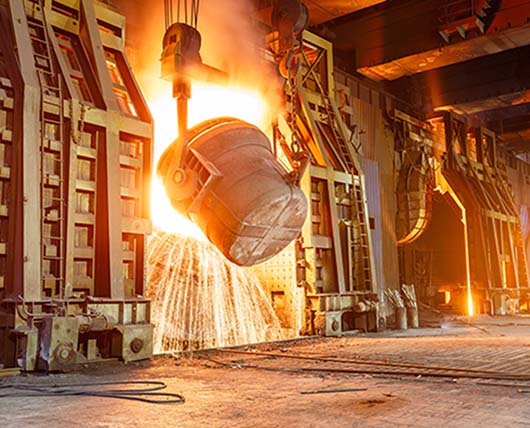
Metal products, such as the iron used in buildings and roads, and the aluminum used in window frames and drink cans, are all processed by applying heat during the manufacturing process. The processing equipment for that is called an industrial furnace and plays a key role in the global industry. Industrial furnaces used for metal processing are used to apply heat to melt or to soften metals, from several tons to hundreds of tons at a time, and as the pouring energy is enormous, the energy loss is correspondingly large.
Our heat insulating material has higher heat insulating properties than conventional materials, and by preventing heat-escape from an industrial furnace, the temperature inside is maintained and energy loss is reduced.
How is energy saved with insulation materials?
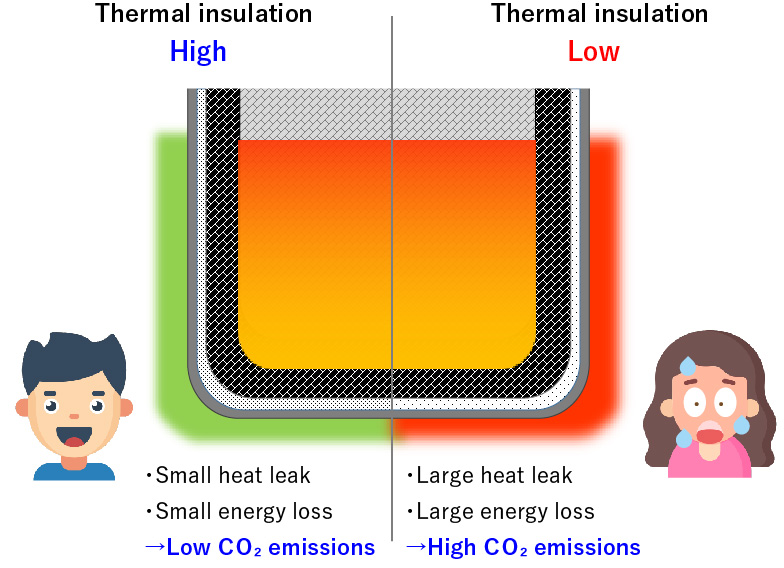
By installing heat insulating materials inside the walls and floor of an industrial furnace, it is possible to reduce the amount of heat leaking from the inside. As a result, the temperature of the furnace contents will no drop as easily, and the energy required to maintain a certain temperature is reduced.
For example, if a heat leakage causes the temperature of 100 tons of steel to go down by 1℃, the energy lost is equivalent to a household's one day electricity consumption (about 12KWh). If the use of heat insulating materials can reduce this energy loss, it will also result in a reduction of those CO2 emissions resulting from the necessity of generating electricity to make up for the heat loss. In addition, stabilized operations are another expected outcome due to the reduction of temperature fluctuations in the contents of the furnace.
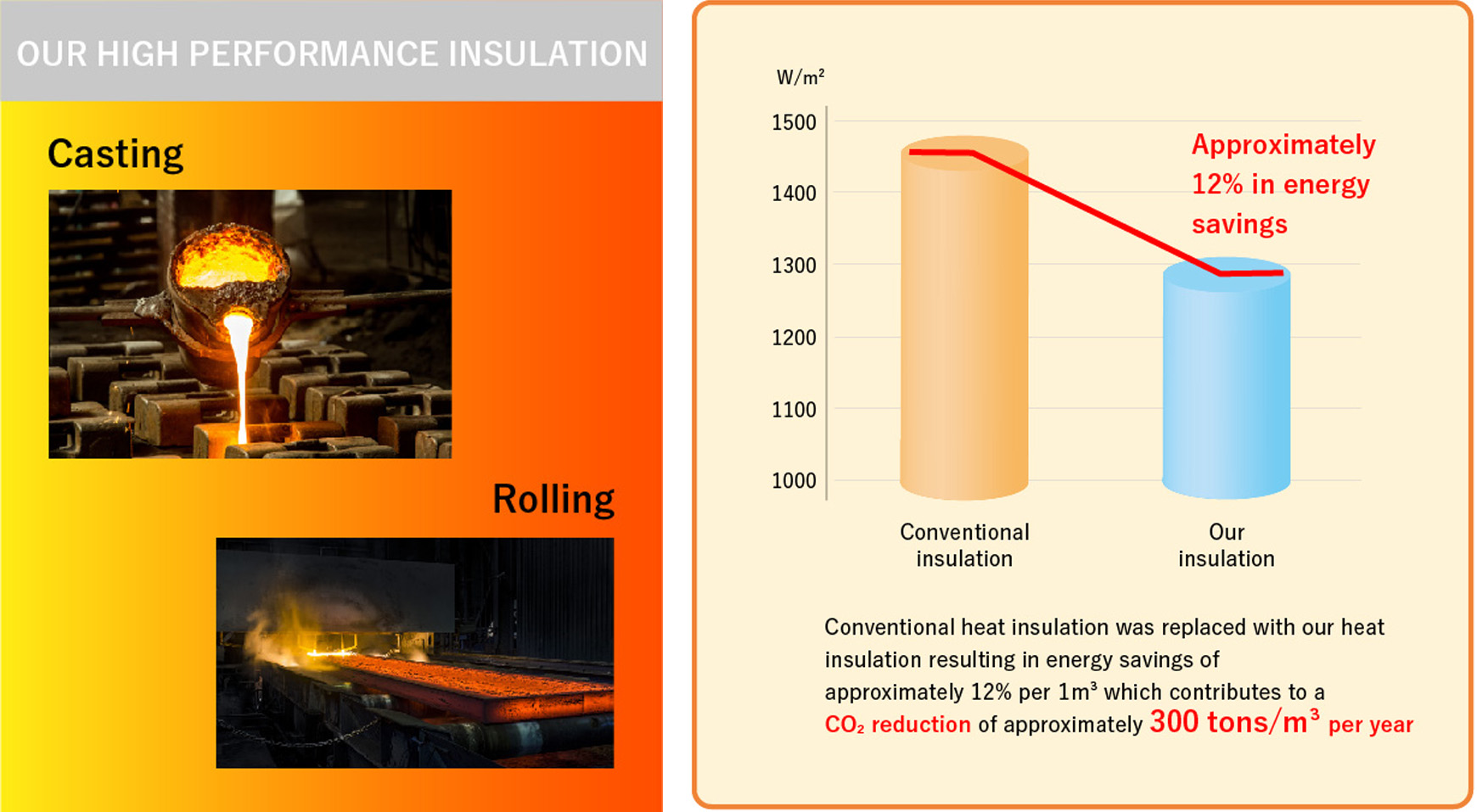
List of Carbon Neutral Initiatives
List of Carbon Neutral Initiatives


Development of a no-need-to-dry gunning material

Non-preheating casting nozzle
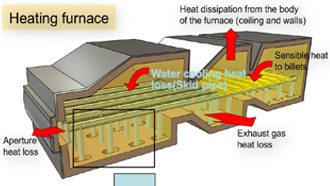
New KSB construction method for heating furnace skid pipes
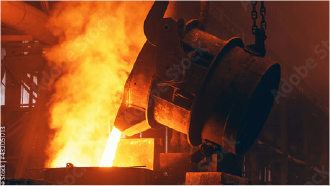
Energy-saving technology for industrial furnaces using insulation materials
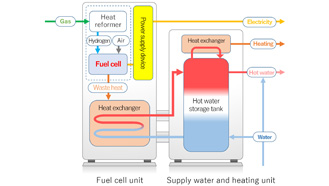
Insulation material used for Ene-Farm components

Insulation material used for battery components for EV vehicles



